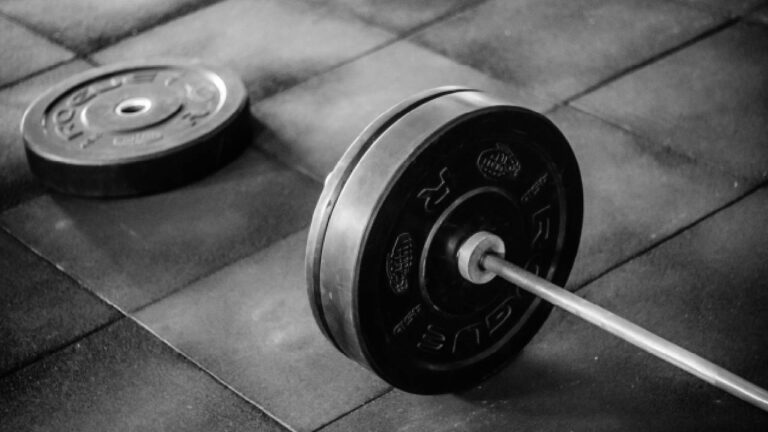Is it Possible to Grow Your Muscles Without Getting Stronger?
In the realm of fitness, the quest for optimal training strategies often revolves around three primary goals: hypertrophy (muscle growth), strength, and sports performance. While these objectives may appear interconnected, the approaches and mechanisms behind each training style vary significantly, offering unique insights into how athletes can tailor their workouts to achieve specific outcomes.
Hypertrophy Training: Prioritizing Muscle Size
Hypertrophy training is centered around stimulating muscle growth, primarily focusing on increasing muscle size rather than strength. This training approach involves performing exercises with moderate weight and higher repetitions to induce muscle fatigue and metabolic stress, which are key factors in triggering muscular hypertrophy. The process of hypertrophy relies on mechanisms such as muscle damage, metabolic stress, and mechanical tension to promote muscle growth.
While hypertrophy training can lead to significant muscle growth, it may not always result in proportionate increases in strength. This discrepancy is exemplified by professional bodybuilders, who exhibit impressive muscle size but may not possess the same level of raw strength as powerlifters. By prioritizing volume, time under tension, and muscle fatigue, hypertrophy training emphasizes muscular endurance and size over maximal strength gains.
Strength Training: Prioritizing Force Production
Contrary to hypertrophy training, strength training is geared towards maximizing force production and neuromuscular adaptations without a primary focus on muscle size. Strength training involves lifting heavy loads for lower repetitions to engage high-threshold motor units and enhance neural recruitment. This approach aims to increase muscle strength, power output, and overall performance in tasks requiring maximal force production.
Strength training elicits structural changes in muscle fibers, increases motor unit synchronization, and enhances intermuscular coordination to boost strength gains. By emphasizing intensity, progressive overload, and neuromuscular adaptations, strength training fosters improvements in maximal strength without necessarily leading to significant muscle hypertrophy.
Sports-Performance Training: Prioritizing Functional Strength & Explosiveness
In the realm of sports performance training, the focus shifts towards enhancing functional movements, agility, speed, and power specific to athletic endeavors. Sports performance training emphasizes dynamic movements, plyometrics, and sport-specific drills to improve explosive strength, fast-twitch muscle fiber recruitment, and movement efficiency.
Sports performance training aims to enhance athletic performance by targeting functional strength, power development, and energy system conditioning tailored to the demands of a particular sport. By integrating elements of strength, power, agility, and speed, sports performance training optimizes athletes’ abilities to excel in competitive environments.
Comparing Hypertrophy, Strength, and Sports-Performance
The distinction between hypertrophy, strength, and sports performance training lies in their primary objectives and training methodologies. While hypertrophy training prioritizes muscle growth through metabolic stress and muscle damage, strength training focuses on maximal force production through heavy loads and neural adaptations. In contrast, sports performance training emphasizes dynamic movements, explosive power, and sport-specific skills to enhance athletic performance.
Understanding the nuances of each training approach allows athletes to tailor their workouts to align with their specific goals. Whether aspiring to build muscle size, increase strength, or optimize sports performance, athletes can optimize their training strategies by leveraging the principles of hypertrophy, strength, and sports performance training.
In conclusion, the spectrum of fitness training goals offers athletes a diverse array of training methodologies to achieve their desired outcomes. By delving into the science behind hypertrophy, strength, and sports performance training, athletes can gain valuable insights into optimizing their training routines and maximizing their athletic potential across various domains of fitness.


